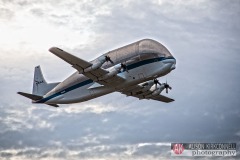NH News Photographer
Sorry for the delay. I had to wait until the images were published. They were published last week and expired this morning.
Holy super fly awesomeness!
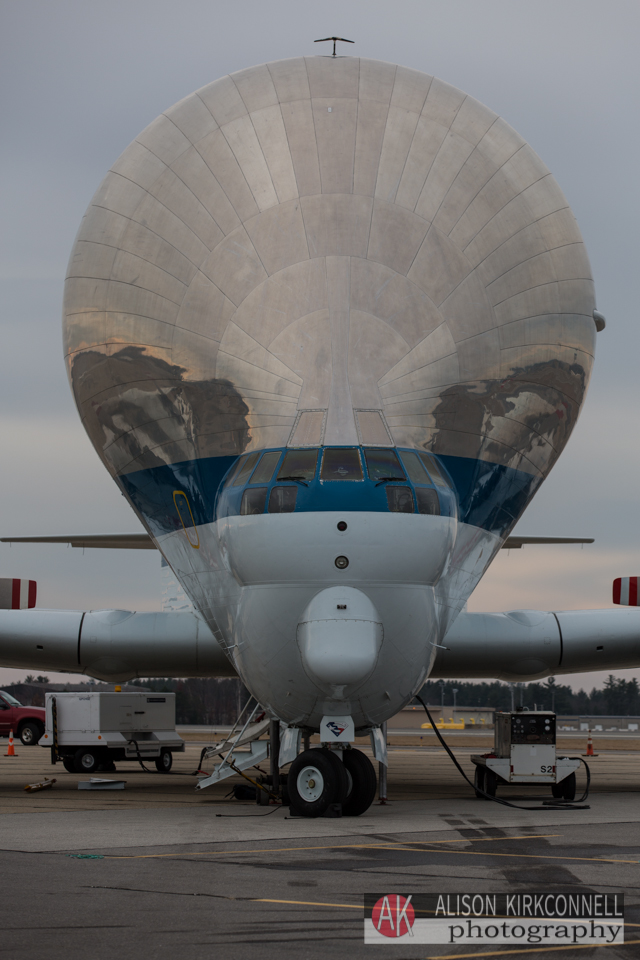
Super Guppy nose
1/500 @ 5.0 115mm ISO100

Orion’s heat shield being loaded onto the Super Guppy
1/200 @8.0 200mm ISO500
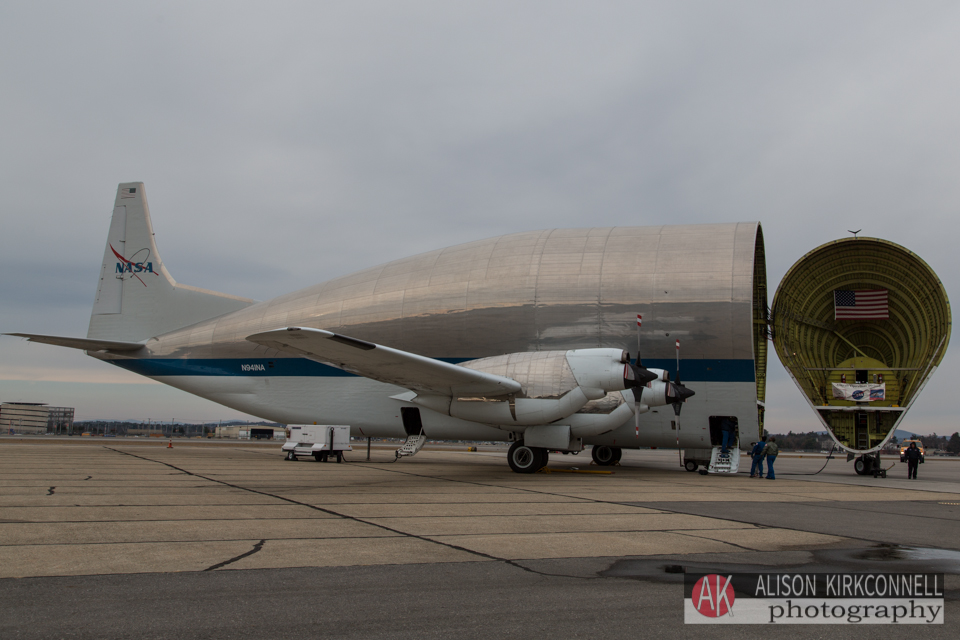
The aircraft’s hinged nose fully open
1/250 @ 8.0 32mm ISO100

The Super Guppy flight deck has many controls from the 1950’s
1/60 @ 9.0 70mm ISO4000
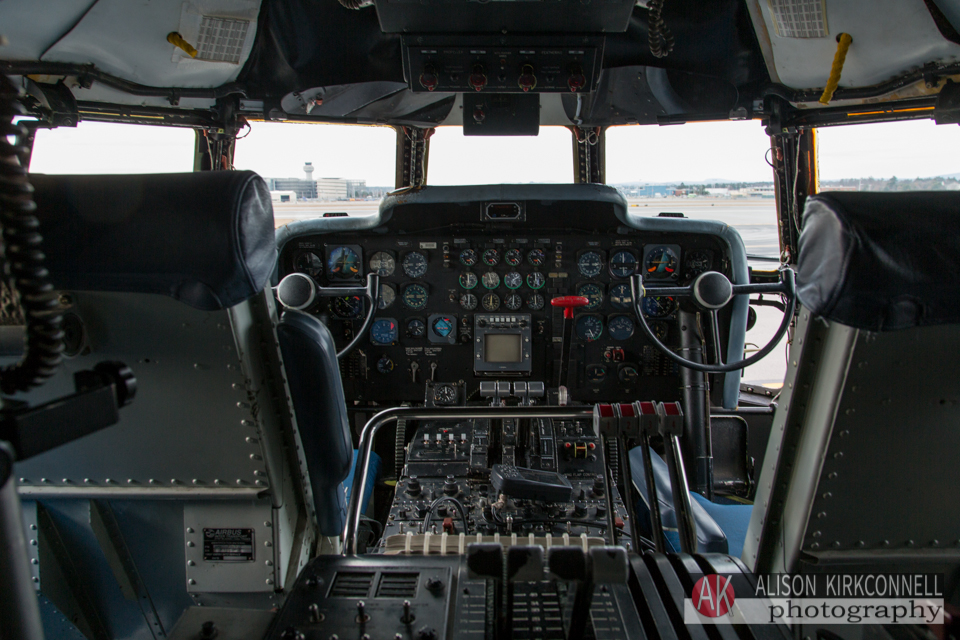
Manchester-Boston Regional Airport terminal and runways are in the foreground
1/30 @ 8.0 24mm ISO200
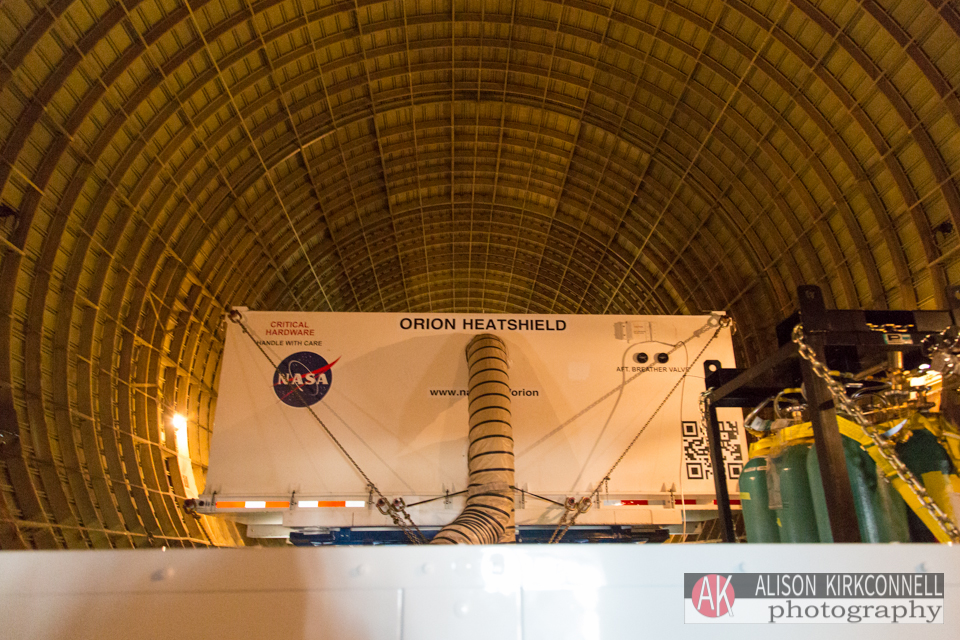
The Orion heat shield in the Super Guppy cabin
1/40 @ 4.0 24mm ISO12800
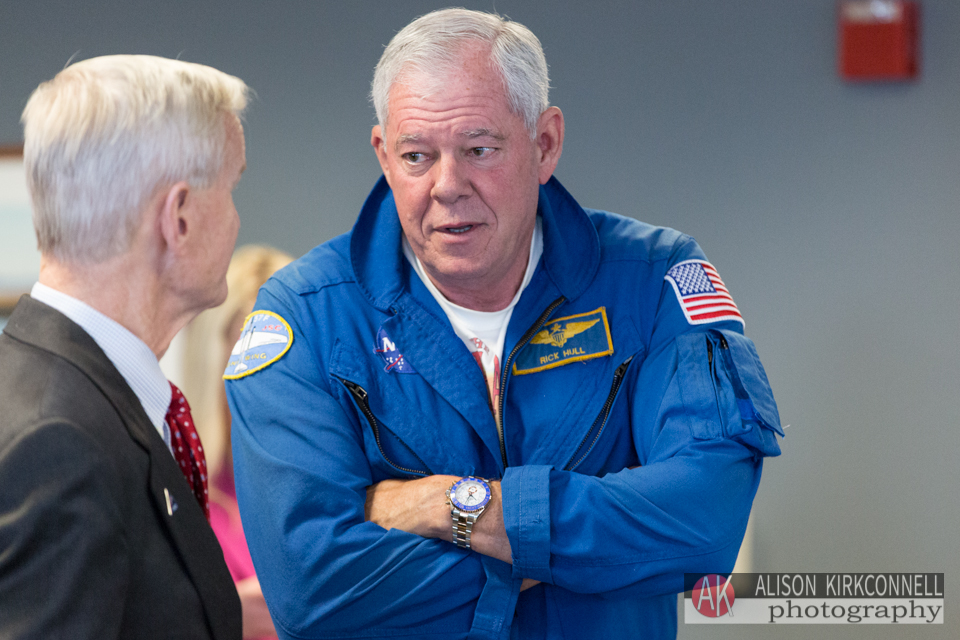
Pilot in command Rick Hull speaks with NASA personnel. The aircraft was co-piloted by astronaut Mike Foreman
1/200 @ 3.5 190mm ISO5000
NASA’s Super Guppy, the only one of its kind in the U.S., made a rare appearance at Manchester-Boston Regional Airport on December 4th. The Super Guppy was transporting the Orion heat shield from the northeast to its final destination at Kennedy Space Center in Florida.
The impressive and unique aircraft is 143 feet 10 inches long and weighs 101,000 pounds empty. Its fuselage is 36 feet 8 inches tall and the tail height is nearly as high as a 5 story building at 48 feet 6 inches. It is powered by 4 Allison 501-D22C turboprop engines with a cruise speed of 290 miles per hour at 25,000 feet.
The Orion spacecraft is being designed to allow NASA to travel further and faster than ever, commonly referred to as the craft that will transport humans to Mars. The heat shield will protect the spacecraft from extreme re-entry temperatures. Orion’s first test flight is scheduled for September 2014.
“The heat shield completion and delivery to Kennedy, where Orion is being prepared, is a major step toward Exploration Flight Test-1 next year,” said Dan Dumbacher, NASA’s deputy associate administrator for exploration systems development in Washington. “Sending Orion into space for the first time is going to give us crucial data to improve our design decisions and develop Orion to send humans on future missions to an asteroid and Mars.”
